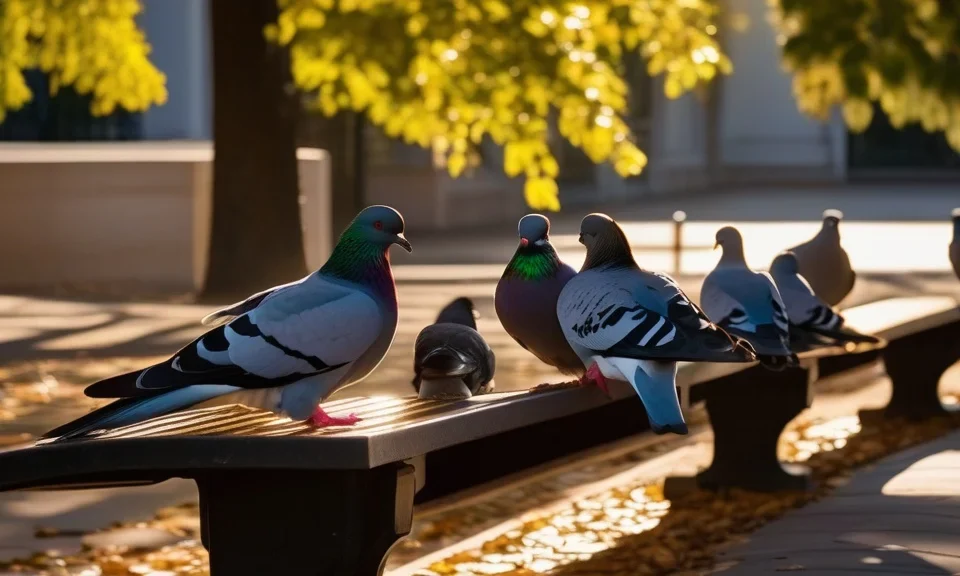Pigeons are highly adaptable birds that have managed to thrive in various environments around the world. Their ability to survive in both urban and rural settings is due to a combination of remarkable adaptations and clever strategies. In this article, we will explore some of the key survival strategies that pigeons employ to ensure their continued existence.
Key Takeaways
- Pigeons are highly adaptable birds that have successfully colonized different habitats around the world.
- They rely on a variety of survival strategies, including resourcefulness, flocking behavior, and adaptation to urban environments.
- Pigeons have evolved physical and behavioral traits to evade predators and find food and shelter.
1. Resourcefulness and Adaptation
One of the primary reasons for the success of pigeons is their resourcefulness and ability to adapt to different environments. Pigeons are opportunistic feeders and can subsist on a wide range of food sources. They feed on seeds, fruits, grains, and even street scraps in urban areas. This flexibility allows them to find food in both natural and human-altered landscapes, making them highly adaptable to various conditions.
Pigeons are also remarkably resilient when it comes to finding shelter. In urban environments, they often build makeshift nests in buildings, on ledges, or under bridges. They have adapted to human structures and are capable of utilizing these spaces as substitutes for natural roosting sites.
2. Flocking Behavior
Pigeons are highly social birds and exhibit strong flocking behavior. Flocking provides several advantages for their survival. Firstly, being part of a group provides safety in numbers, making it more challenging for predators to target an individual pigeon. Secondly, by flying in flocks, pigeons are able to share information about food sources and potential dangers, allowing them to adapt quickly and respond to changing conditions.
Flocking behavior also facilitates efficient foraging. Pigeons are able to cover a larger area by working together in a coordinated manner. This enables them to locate food more efficiently and increases their chances of survival in environments where food availability may be unpredictable.
3. Predator Evasion Strategies
Pigeons have evolved various physical and behavioral adaptations to evade predators. Their streamlined body shape and powerful flight muscles enable them to maneuver quickly through the air, making it difficult for predators to catch them. Pigeons can rapidly change direction, fly at high speeds, and perform acrobatic displays to confuse and deter predators.
In addition to their physical characteristics, pigeons also employ behavioral strategies to avoid predation. They are highly vigilant and use their keen eyesight to detect potential threats. Pigeons are known to take evasive action when they perceive a predator approaching, such as flying away or seeking cover in trees or structures. They are also skilled at recognizing and remembering predator cues, allowing them to avoid specific areas or times of increased predation risk.
Pigeons have successfully adapted to various environments by employing resourcefulness, flocking behavior, and predator evasion strategies. These survival strategies have allowed them to thrive in both natural and urban landscapes. The ability of pigeons to exploit available resources, adapt to changing conditions, and fend off predators highlights their impressive resilience as a species.









